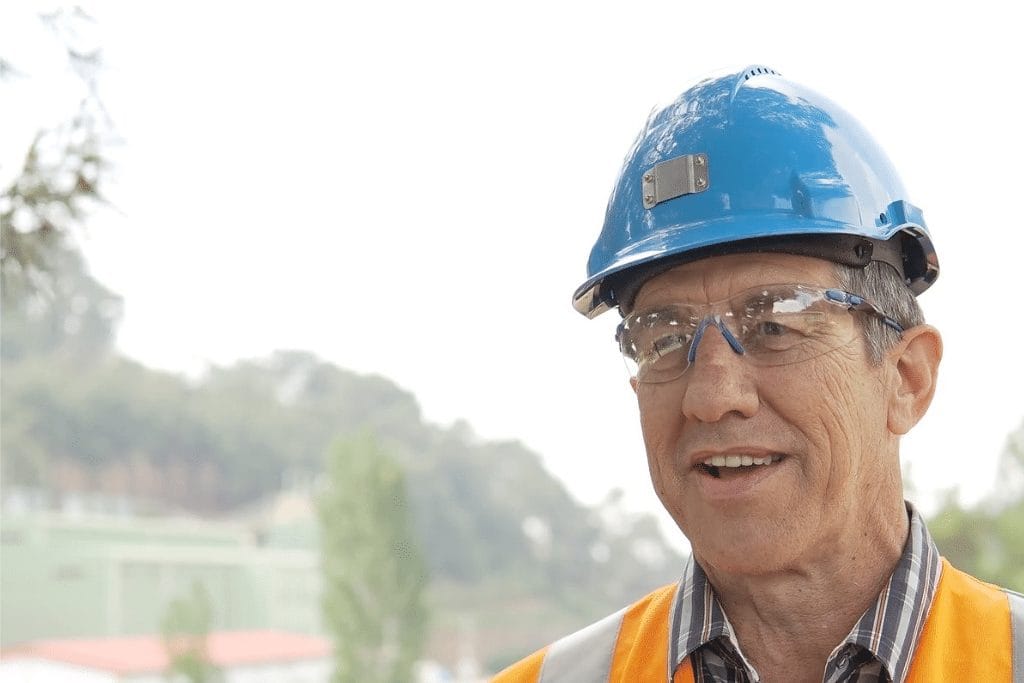In the first post of the Forward Thinking series, we touched on some of the environmental and safety advantages that dry-stack tailings technology offers. In today’s post, we explore these advantages in detail.
What Are Tailings?

Fundamentally, mining involves processing ore that has been mined to separate valuable minerals and metals from the rocks in which they are found. These processes use machine technologies and water-based solutions to isolate the valuable metals, leaving behind an uneconomic mix of water and waste rock, called tailings.
“Traditionally, tailings have been stored in slurry form in dams or tailings ponds that are engineered to prevent contact with the surrounding environment,” says Paul Skayman, Eldorado’s Chief Operating Officer. “Over time, the solid particles from the tailings mixture sink to the bottom of the pond and the excess water evaporates naturally.”

What are Dry-Stack Tailings?
Advancements in engineering and technology now allow for tailings to be dewatered prior to being placed in a tailings management facility (TMF). Using filter-press technology, water is separated from the ground-up waste rock, leaving behind a material similar to damp sand.
“Much like a French-press coffee maker, a filter press is made up of a series of porous membranes that capture solid particles while allowing water to pass through,” explains Paul. “The excess water is then pumped out of the press for either recycling or treatment, leaving behind an 85-90% solid material referred to as dry-stack tailings.”

Benefits of Dry-Stack Tailings
Dry-stack tailings are more stable than wet tailings and are typically non-hazardous. “The high solids content significantly improves the safety and stability of dry-stack facilities during flooding or seismic events,” says Paul. “Also, the high density of the material means the material occupies less space, thus reducing the size and environmental footprint of dry-stack TMFs.”
Other environmental, safety, and economic advantages of dry-stack tailings include:
- Reducing the need to extract water from local sources by recycling the water removed from tailings
- Easier and safer construction of the tailings dam due to lower dam height and the fact that the dam is not holding back liquid or slurry
- Increased long-term employment opportunities as the TMF must be actively managed
- Improved benefits for local communities and the government by way of increased taxes, royalties, and employment opportunities due to the efficient use of storage capacity, potentially allowing for more economic reserve to be extracted
Check out our video for more information on dry-stack tailings and how we are using this technology to help reduce our environmental footprint.

